German artist Josephy Beuys is one of the most significant intellectual and cultural Europeans of the second half of the 20th Century. Beuys was born May 12, 1921 in Krefeld, but spent his youth in Kleve. The advent of World War Two forced him to put his schooling on hold. At 19, he enlisted in the German air force. In 1943, his plane was shot down over Crimea. Beuys, gravely injured, risked death by dehydration. He recalled being saved by Tartar nomads who smothered his body in animal fat and covered him in felt to nurse him back to health. The incident took on fundamental significance. Felt and natural materials were always present in Beuys’ artistic output, and later the artist would always wear a felt cap. After the war, Beuys enrolled in the Fine Arts Academy of Düsseldorf. He started teaching “monumental sculpture” there in 1961. He made his mark in European culture with ideas of social sculpture. A harsh critic of consumer capitalism, Beuys called for a society in which men were unfettered and left to their own creativity. For Beuys, creativity demanded that man rediscover harmony with nature and the spiritual world. He felt that the thoughts of “free men” represented collective art, or “social sculpture.”
Beuys painted, sculpted and made installations that included natural materials and often referred to the spiritual. Another aspect of his artistic output was performance art, which Beuys became directly involved in. His performances often took on a ritual aspect. In How to Explain Pictures to a Dead Hare, Beuys, his face covered in honey and gold leaf, cradled a dead hare while he explained the meaning of paintings on the walls. A dried fir tree stood in the middle of the room. Other performances were linked directly to his political beliefs. These performances tended to encourage more direct citizen involvement in democratic life and a broader social distribution of culture. A dedicated ecologist and among the founders of Germany’s Green Party, Beuys was involved in many environmental efforts. The most well known, 7,000 Oaks, took place in 1982, and involved planting trees in the city of Kassel. Beuys presented the city with an installation compose of 7,000 blocks of sculpted basalt. Every block, he said, should be replaced with a tree, and each substitution financed through the sale of single blocks. Beuys never saw the completion of the oaks project. He died in Düsseldorf on January 23, 1986. He was 65. A year later, his son Wenzel planted the last Kassel oak.
Beuys painted, sculpted and made installations that included natural materials and often referred to the spiritual. Another aspect of his artistic output was performance art, which Beuys became directly involved in. His performances often took on a ritual aspect. In How to Explain Pictures to a Dead Hare, Beuys, his face covered in honey and gold leaf, cradled a dead hare while he explained the meaning of paintings on the walls. A dried fir tree stood in the middle of the room. Other performances were linked directly to his political beliefs. These performances tended to encourage more direct citizen involvement in democratic life and a broader social distribution of culture. A dedicated ecologist and among the founders of Germany’s Green Party, Beuys was involved in many environmental efforts. The most well known, 7,000 Oaks, took place in 1982, and involved planting trees in the city of Kassel. Beuys presented the city with an installation compose of 7,000 blocks of sculpted basalt. Every block, he said, should be replaced with a tree, and each substitution financed through the sale of single blocks. Beuys never saw the completion of the oaks project. He died in Düsseldorf on January 23, 1986. He was 65. A year later, his son Wenzel planted the last Kassel oak.
RELATED
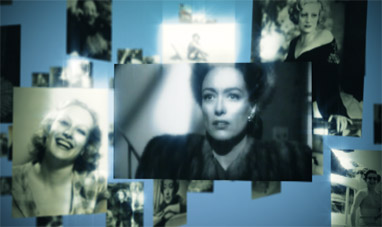

JOAN CRAWFORD


ADOLF LOOS


GEORGE BALANCHINE


PHARRELL WILLIAMS


FRANCESCO BORROMINI
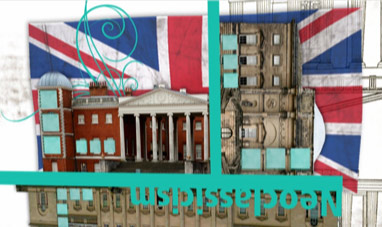

ROBERT ADAM
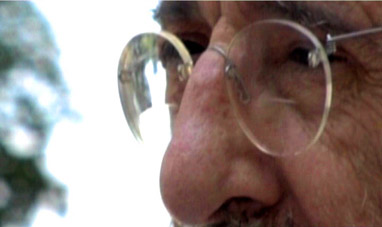

ÁLVARO SIZA VIEIRA
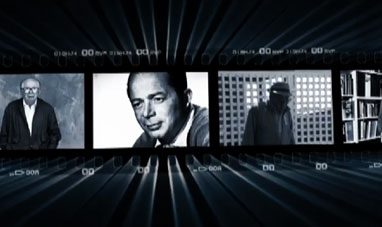

BILLY WILDER
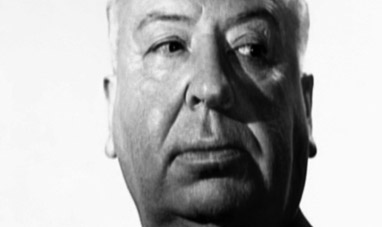

ALFRED HITCHCOCK
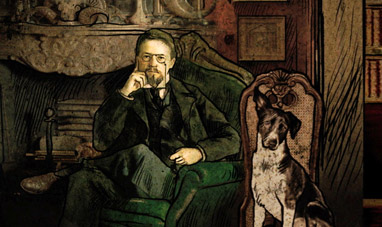

ANTON CHEKHOV
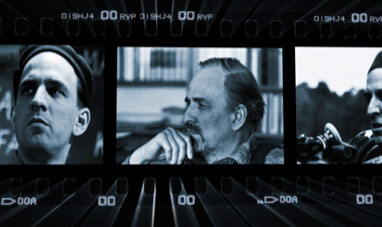

INGMAR BERGMAN
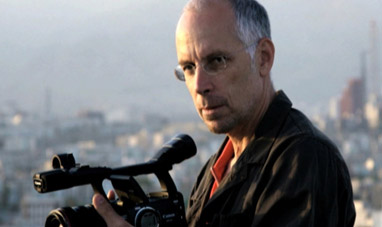

GABRIELE SALVATORES
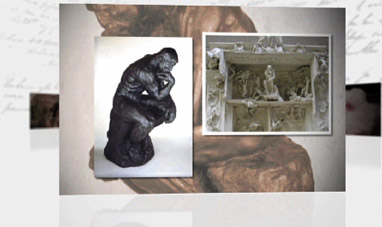

AUGUSTE RODIN
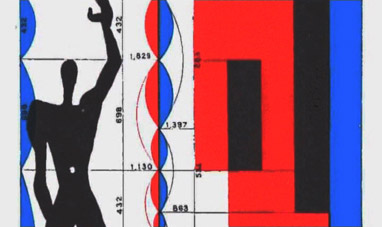

LE CORBUSIER
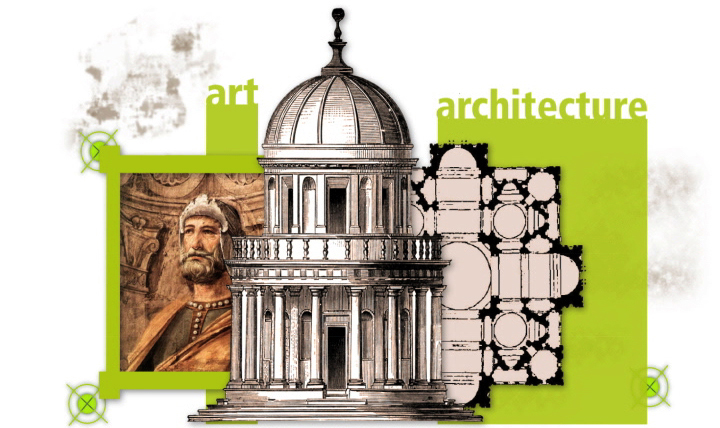

DONATO BRAMANTE
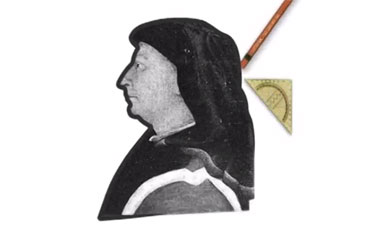

FILIPPO BRUNELLESCHI
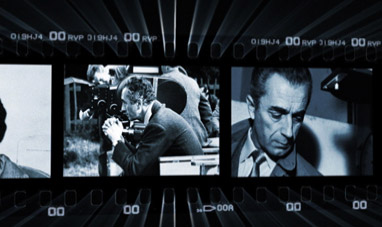

MICHELANGELO ANTONIONI


GRACE KELLY
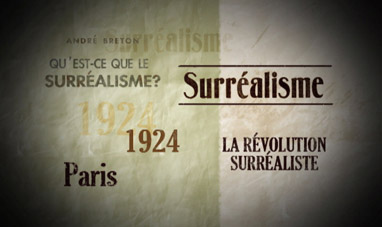

SURREALISM


STANLEY KUBRICK


JOEL AND ETHAN COEN
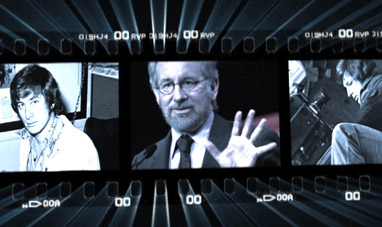

STEVEN SPIELBERG
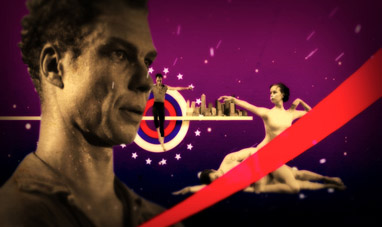

MERCE CUNNINGHAM
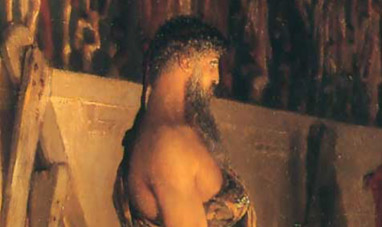

PHIDIAS


FRANCIS SCOTT FITZGERALD
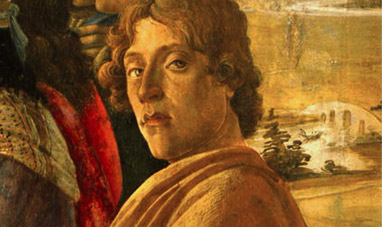

SANDRO BOTTICELLI
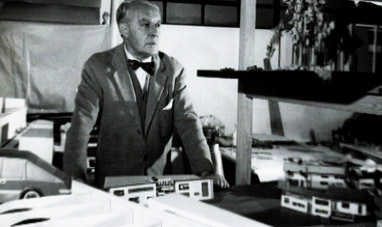

GIO PONTI
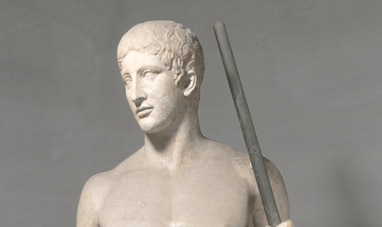

POLYCLEITUS
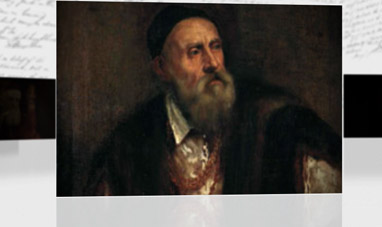

TITIAN
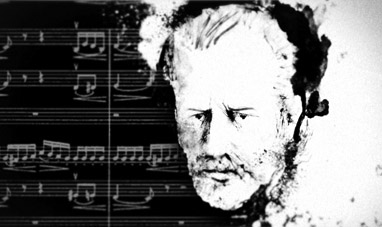

PYOTR ILLYCH TCHAIKOVSKY
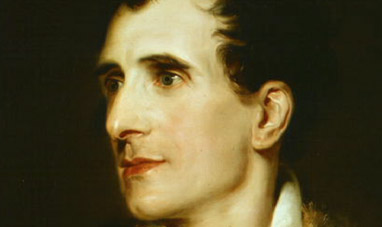

ANTONIO CANOVA
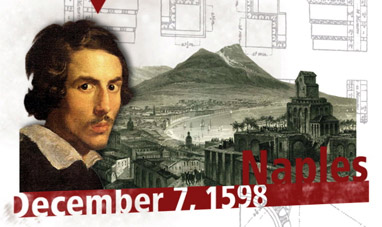

GIANLORENZO BERNINI


CHARLES BUKOWSKI
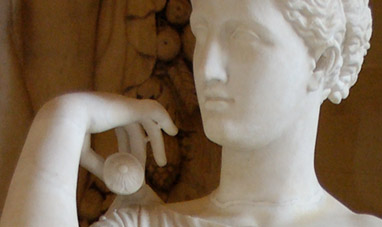

PRAXITELES
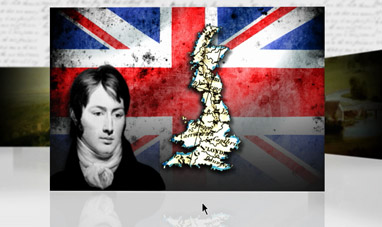

JOHN CONSTABLE
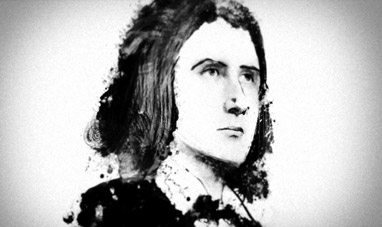

FRANZ LISZT
